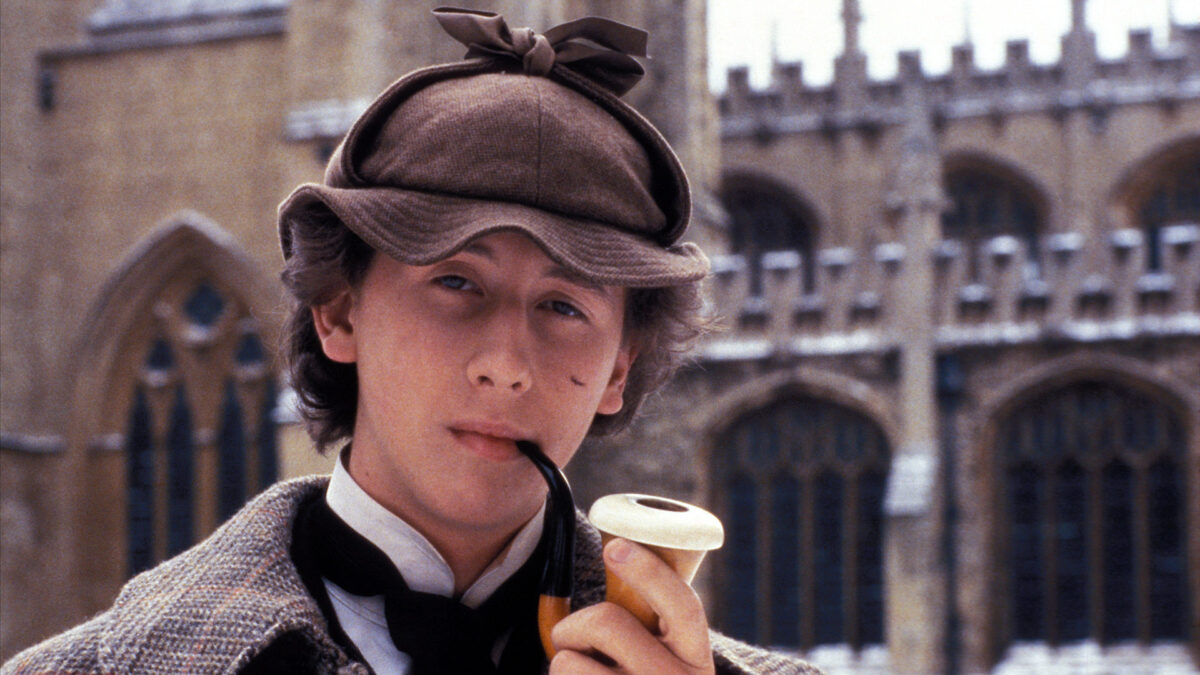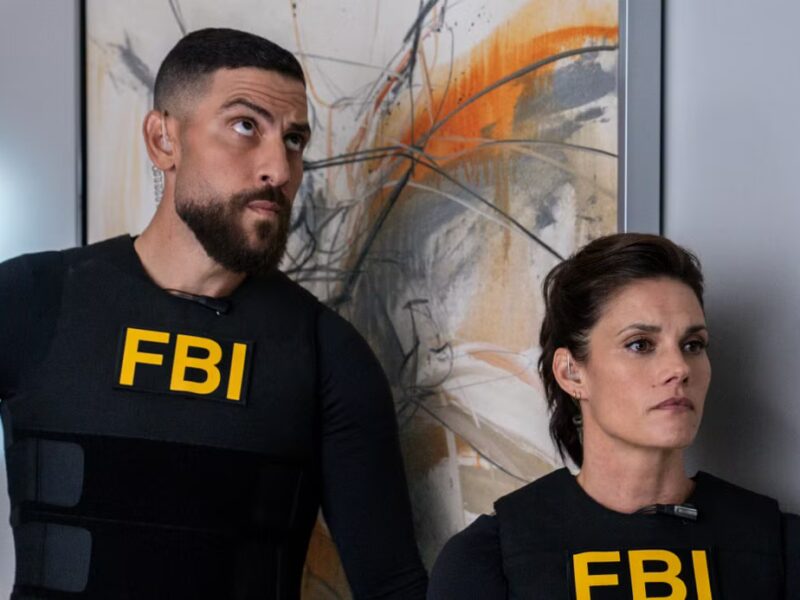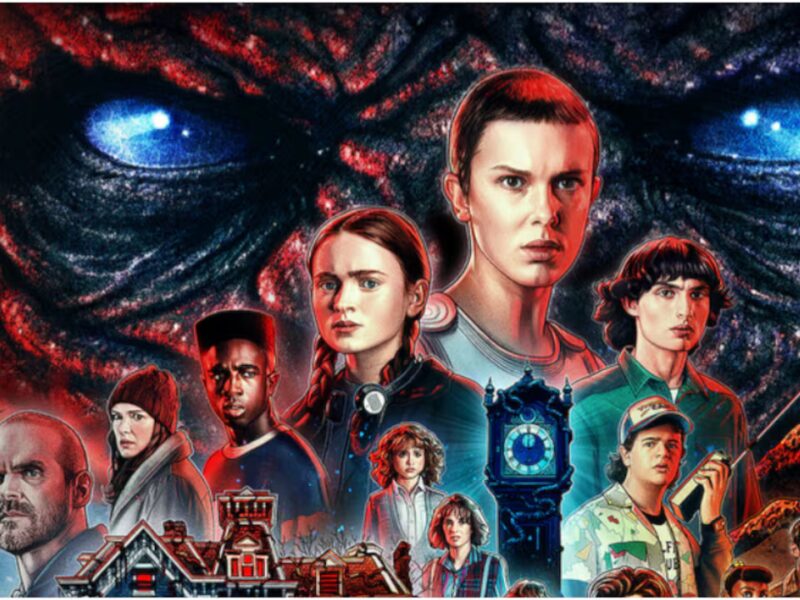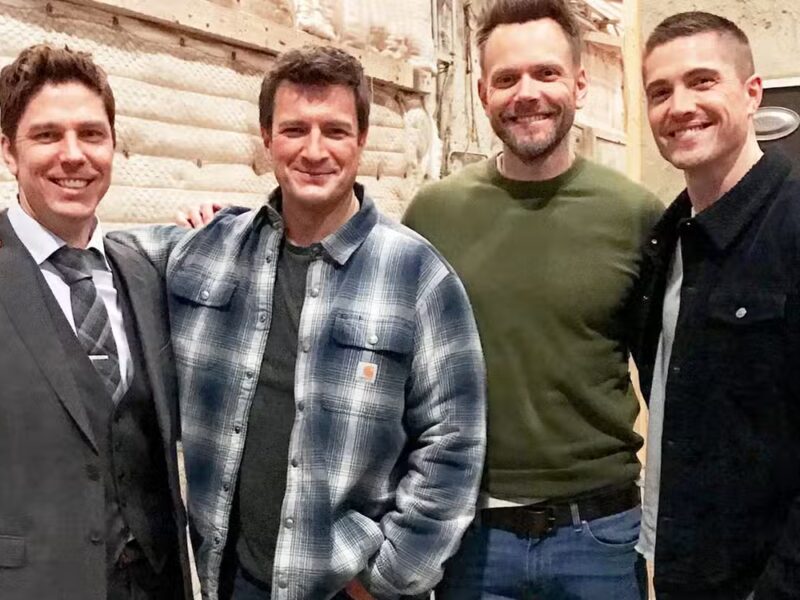The widespread belief that films like Toy Story or Jurassic Park introduced the first fully CGI character is a misconception. The true pioneer in integrating a computer-generated character into a live-action movie dates back to 1985 with the film Young Sherlock Holmes. Though the film itself may not have reached the iconic status of those that followed, it made cinematic history with one groundbreaking moment: the debut of the first CGI character in film.
Young Sherlock Holmes, directed by Barry Levinson and written by Chris Columbus, included a visually stunning sequence that changed the trajectory of visual effects. In this scene, a stained-glass knight springs to life from a church window and attacks a priest. While seemingly a minor scare, this moment marked a turning point in film technology. The knight, known today as the stained-glass knight, was the first fully computer-generated character treated as a real, moving entity within a photorealistic environment.
What made the stained-glass knight in Young Sherlock Holmes so revolutionary?
Unlike earlier experiments like Tron (1982), which featured abstract, non-human digital shapes, the knight in Young Sherlock Holmes was designed to resemble a humanoid figure, reacting to its surroundings and interacting with live-action elements. This realistic integration into a live-action scene was unprecedented.
The CGI effect was created by the Graphics Group of Lucasfilm, a division led by none other than John Lasseter. This team would later evolve into Pixar, one of the most influential animation studios in history. For this scene, the knight was modeled, animated, and painted digitally before being composited directly into the film using laser-scanning techniques. This process gave it a realistic sheen that was groundbreaking at the time.
The stained-glass knight sequence earned the film an Academy Award nomination for Best Visual Effects, a recognition of its technological boldness. Even today, the sequence is remembered by industry veterans at Industrial Light & Magic as one of the first successful examples of believable CGI in cinema.
How did this breakthrough impact the future of CGI in movies?
The success of the stained-glass knight opened the floodgates for CGI in Hollywood. While earlier films had dabbled with digital effects, Young Sherlock Holmes demonstrated the potential for CGI to become a central storytelling tool in live-action film.
This technological step set the stage for milestones such as the dinosaurs in Jurassic Park (1993), the toys in Toy Story (1995), and the digital creatures in The Lord of the Rings trilogy. It also proved that digital characters could evoke emotion and blend seamlessly with human actors, a standard now expected in every modern blockbuster.
It’s worth noting that while Tron introduced digital imagery, its effects were more stylized and less integrated with real-world physics. In contrast, the knight in Young Sherlock Holmes moved with gravity, responded to the physical world, and appeared to cast realistic reflections and shadows—hallmarks of photorealistic CGI.
Why don’t more people know about this CGI milestone?
Despite its technical achievements, Young Sherlock Holmes remains relatively under the radar in pop culture. Overshadowed by the blockbuster status of later films, its contribution to the history of CGI is often overlooked.
Some fans and critics even draw connections between the aesthetic and tone of Young Sherlock Holmes and the Harry Potter series, particularly because of its school setting, teenage protagonists, and elements of magic and mystery. Screenwriter Chris Columbus, who later directed Harry Potter and the Sorcerer’s Stone, brought a similar tone and visual sensibility to that franchise.
While Young Sherlock Holmes may not have inspired mass merchandising or theme park attractions, it played a crucial role in cinema’s technological evolution. Without the stained-glass knight, we might never have met Pixar’s Woody or explored the digitally-enhanced worlds of Avatar and Dune.













